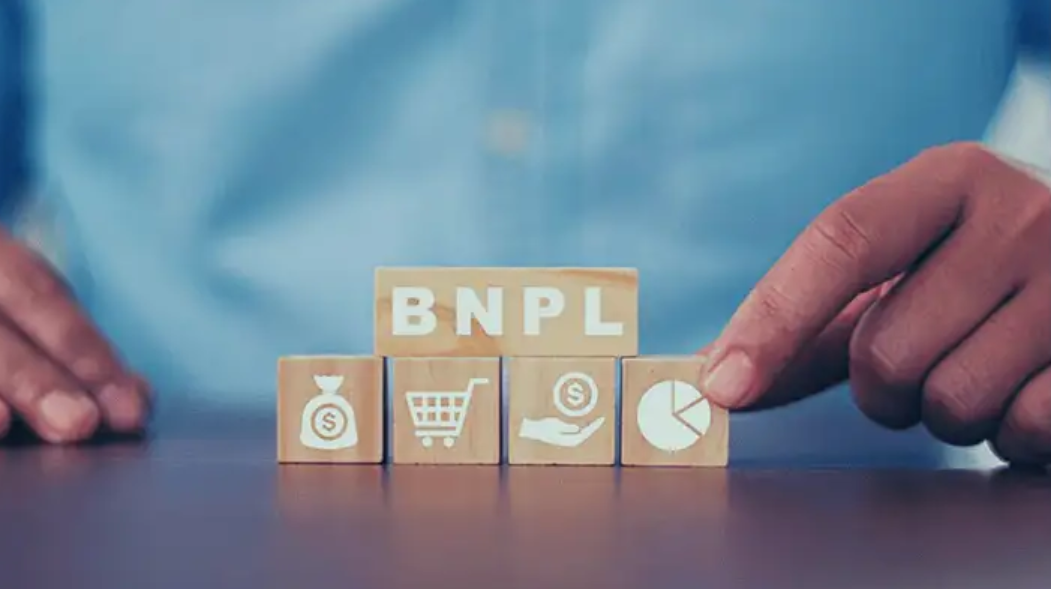‘Buy now, pay later (BNPL)’ – Customers find this message appealing, and it’s a growing trend that’s upending the credit sector. Fintechs have been working hard to provide BNPL point-of-sale (POS) options for both brick-and-mortar stores and e-commerce purchases. Customers’ demands are the emphasis of BNPL’s convenience and customization offerings.
Banks can apply BNPL tactics in a variety of ways to their operations. Let’s examine the size of the opportunity, the factors driving its rapid expansion, and the options available to banks looking to enter this market.
How big is the chance?
The main test bed for BNPL uptake has been e-commerce, but Fintech is swiftly expanding into in-store payments. With more than 600,000 physical retailers accepting BNPL, PayPal is driving this initiative. The rise of businesses using e-commerce marketplaces and traditional consumer products companies selling straight to customers have both sped up the implementation (and expectation) of BNPL.
Credit card volumes might continue to decline as BNPL adoption increases. According to Payments Journal, three of the biggest banks in the US reported a fall in credit card purchase volumes of more than 20% in 2020 alone.
Why clients favor BNPL?
We are getting closer to a seamless, linked commerce experience thanks to BNPL. Some of the appealing features in the eyes of the customer are as follows:
Customized offers:
By using each customer’s data and history to anticipate their wants, BNPL is able to make personalized offers for them. The magnitude of the transaction can also affect the offers that are made. BNPL can also be a very intriguing tool for boosting loyalty among the wealthiest consumers by personalizing offers based on credit history, favoured brands, and the type of transaction, along with a strategy for the shop or bank to enhance the amount of particular clients’ digital wallets.
Credit choices made instantly:
Instant approval for BNPL purchases at the POS is made possible by data-driven credit processes. Consumers no longer experience a significant pain point thanks to the integration of these financial services into physical and online POS checkouts.
No charges or interest
If payments are paid on time, the consumer can finish paying for their item without incurring fees or the high-interest rates sometimes associated with credit cards. Even though late fees for BNPL payments can be fairly significant, clients may not take them into account when making a purchase if they plan to make their payments on time.
Determining when to buy:
Options for financing are provided right after a choice to buy is made. BNPL gives the consumer greater options regarding when to make the purchase by lowering the price barrier.
No effect on credit score:
Requesting installment payments through BNPL does not immediately damage a customer’s credit score (if they pay on time), but if it is a credit card transaction, it will influence their spendable limit. BNPL offers additional appeal under high interest/high inflation market conditions in addition to these advantages. Before costs continue to grow, consumers can utilize BNPL for short-term, straightforward borrowing without paying excessive interest rates.
Additionally, since they are not required to pay the full cost upfront, they can keep more of their money in interest-bearing assets or accounts for longer periods of time. On the other side, the prognosis for BNPL may deteriorate if these circumstances lead to a substantial economic downturn.
Why do businesses favor BNPL?
BNPL increases the likelihood of a sale for retailers, particularly for expensive commodities. By providing their clients with flexible payment alternatives and continuing the contact after the sale, they also stand to forge stronger bonds with them.
Customers can choose third-party BNPL options from merchants without the merchant taking on any credit or fraud risk. It is quite convenient for the merchant to get paid in full at the time of purchase.
Additionally, retailers can link BNPL sales to important shopping holidays like Black Friday. As a result, they may be able to outsell rival businesses providing comparable goods and increase their sales at certain times.
BNPL has given e-commerce merchants additional freedom to give customers “try before you buy” alternatives, allowing them to receive the product and use it before committing to any payments. This is appealing in industries like fashion, where it is cumbersome for a client to make a purchase and pay for it online only to discover when the item arrives that it doesn’t fit, and they need to start the return and refund process.
Conclusion
Banks are now experimenting with a variety of strategies in an effort to seize the potential presented by BNPL. While some are developing models that enable them to act in the background behind BNPL proposals or are utilizing other players to make differentiated offerings, others are delivering one-to-one models with specific merchants. At EOV, we specialize in creating robust digital products for businesses in the Fintech sector. If you are looking for any software assistance, please feel free to reach out to us today!
